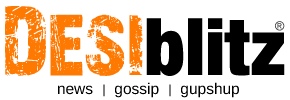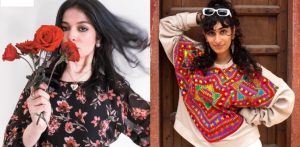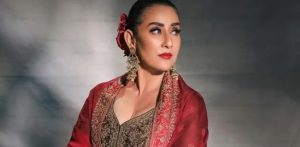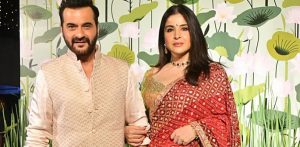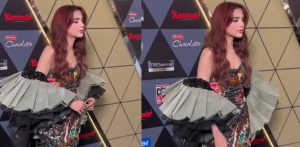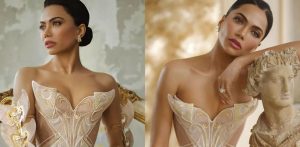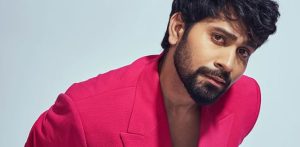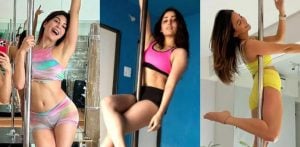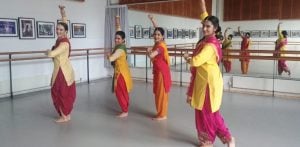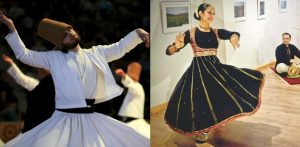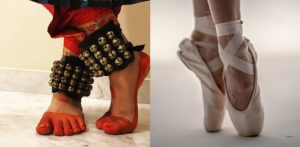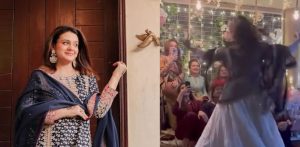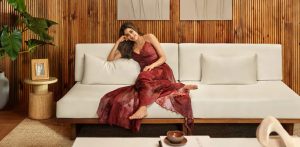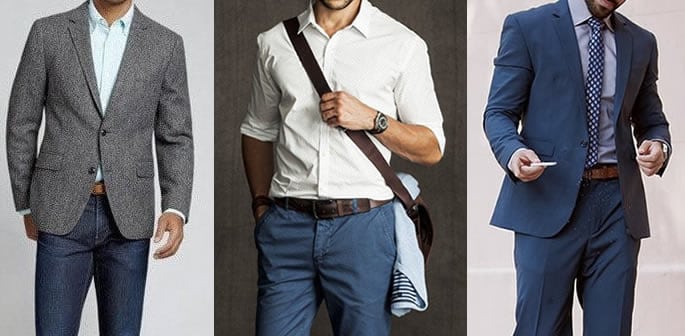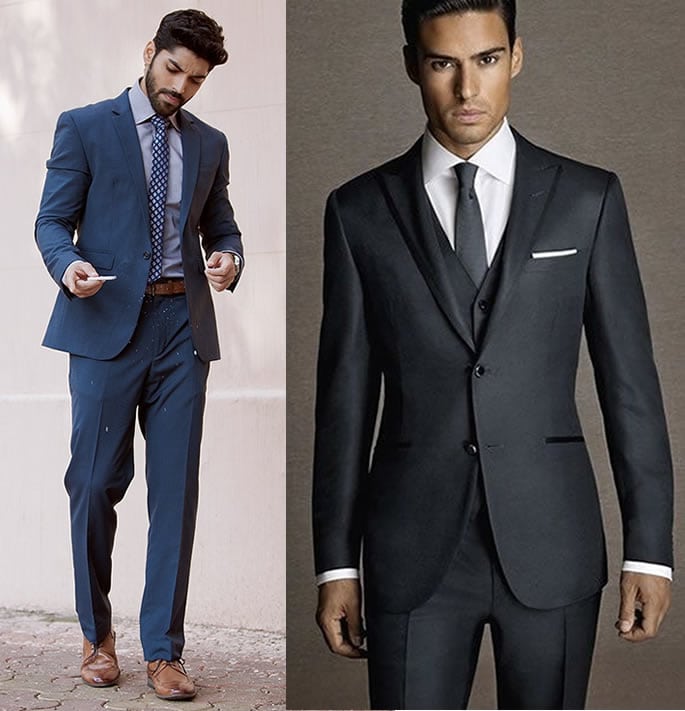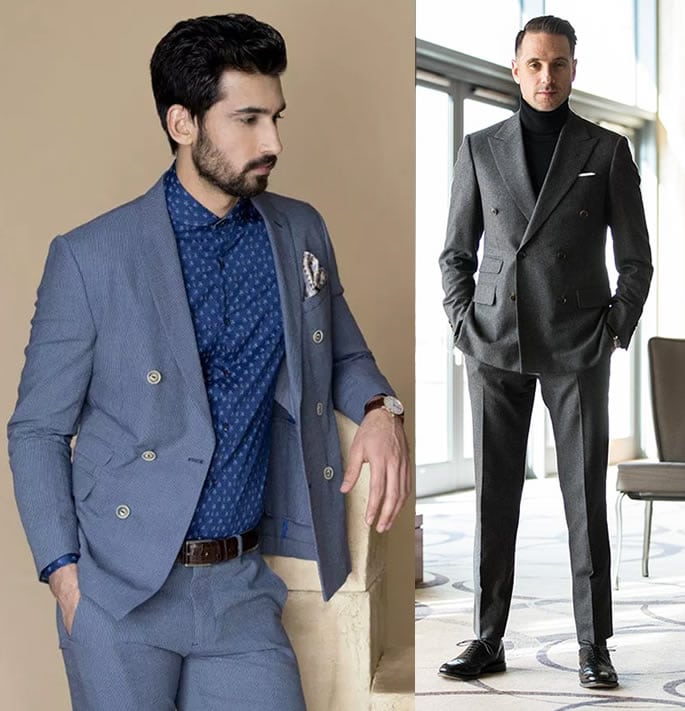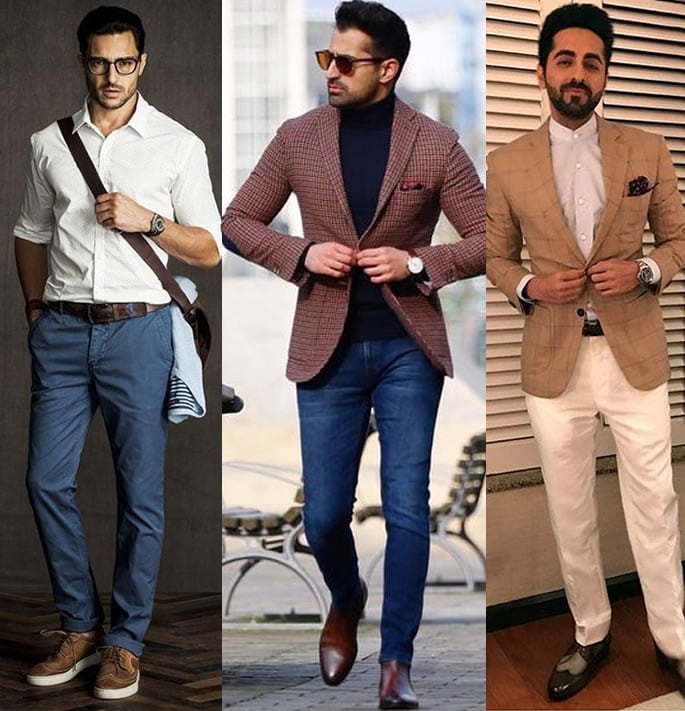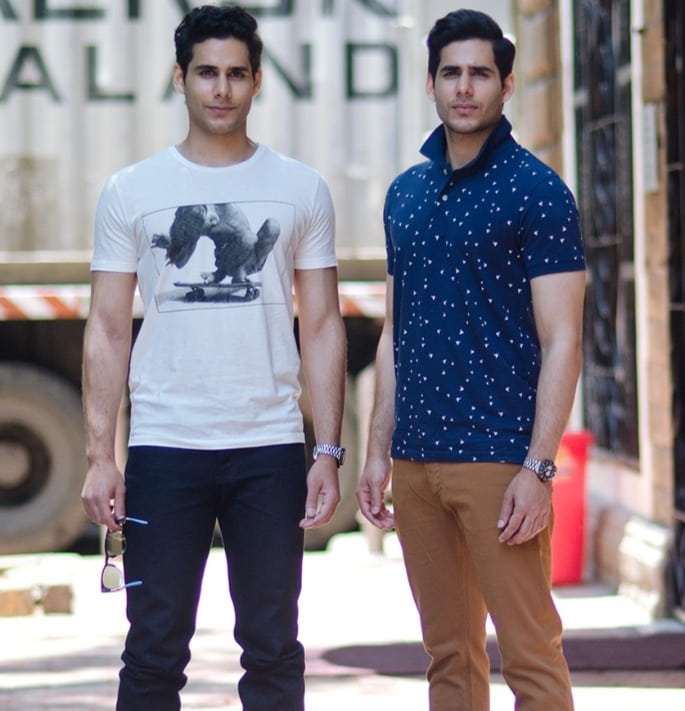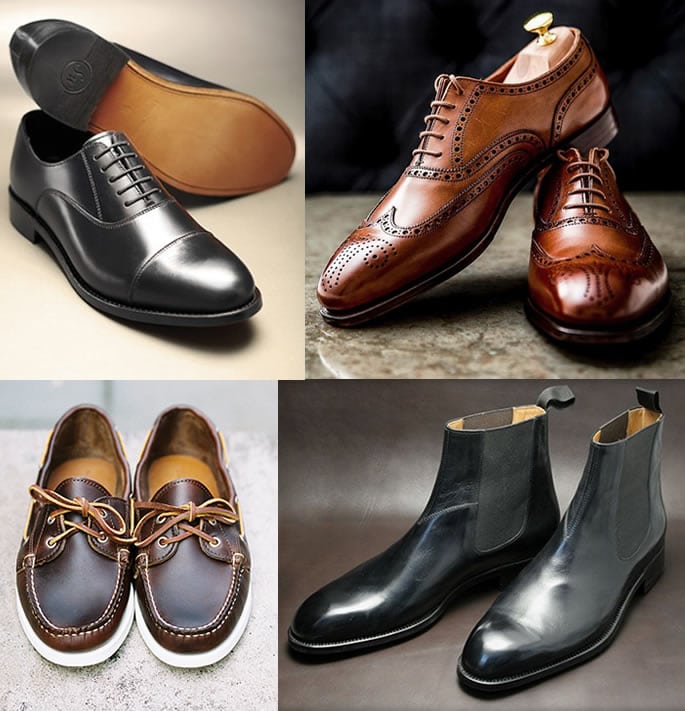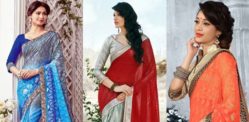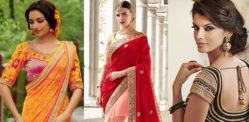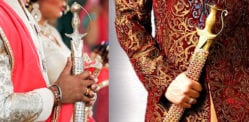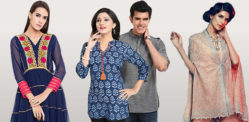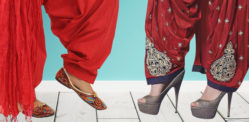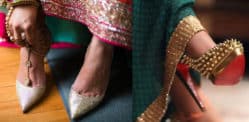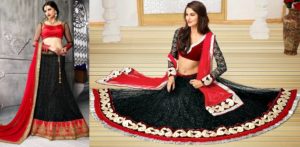Simplicity is the key to looking professional when you turn up to work.
Today, men’s office wear is met with a more lenient attitude. The days of wearing a black suit, shirt and tie to work every day are diminishing.
There is much more variety in terms of styles to wear to the office compared to the last couple of decades.
Before, men’s office wear were just suits, especially since business and finance was booming during the 1980s.
Wall Street was the epicentre of finance and consumption and men were all about flaunting their style to show off to their colleagues in the office.
Plain suits accompanied with suspenders and contrast collars made men noticeable in the workplace. They were identified as middle class and quite wealthy, especially in the USA.
The 1990s saw a stark change in the type of office wear, which is due to the rise of creativity and new gadgets. Three piece suits became khakis and jeans.
Many technology entrepreneurs were against the suit such as Bing Gordon, co-founder of Electronic Arts, who said: “If you don’t have anything to say, wear a suit.”
The suit was considered uncreative and suit-wearers were living in the past. The more casual attire was for those who spent their working day up and active, creating new things, rather than sitting in front of a computer all day.
Office wear in the 21st century is much more diverse. People have a large array of clothing choices to wear to the office depending on their preference.
The suit is still part of the office, though they are a thing of the past due to their lack of practicality.
Although there is more variety to men’s office wear, you still cannot afford to get complacent with your outfit choices.
You have succeeded in the interview now you have no idea what to wear for your first day.
We present an helpful guide to men’s office wear styles and how to wear what.
The Suit
As mentioned, the suit is a thing of the past but nothing feels more empowering than wearing a great-looking suit.
Suits range from the high-end epitome of sophistication to more casual and comfortable variations.
Three-piece suits with a waistcoat are great for very formal office wear and especially if you are in a profession that warrants this look for business. If not, the styles and cuts of two-piece suits available today offer variety.
We recommend wearing a grey or navy coloured suit to present if your aim is for a complete professional and serious look.
Otherwise, colours of suits available today do offer an opportunity for you to experiment with your look but still keep it formal. Such as shades of blue, grey and even lighter colours.
But stay away from very bright colours because they can reduce the impact of professionalism.
In the winter months, overcoats work well as part of your office wear attire protecting you from the cold and your suit from rain and snow.
Shirts
The shirt is almost just as important as the suit.
Wearing patterned shirts with suits can only work if they are subtle. Large patterns, flowers and vibrant colours will not work with a formal suit.
It is recommended to wear a distinctly coloured shirt with a darker suit so that both parts of the outfit stand out.
This is the opposite when choosing to wear a pinstripe or check suit, pair it with a plain coloured shirt such as white.
The style of the collar can matter too. If you are wearing a tie then it is important to have accommodating collars.
Ties
Over the last few decades, the look in office wear for men has been to lose the tie and just wearing it with just a smart shirt.
But the tie still has its place. It is an accessory that still gives a very sharp and formal impression and for some professions, it is still a must for your look.
So, when choosing your tie, styles do come and go. But keeping it simple always works. A complimentary tie with the colour of your shirt will work well.
If your shirt is a light colour then colours such as black, blue, red, burgundy, green, grey will all work. If your shirt is a dark colour then try and match opposing or more subtle colours.
Tie pins as an accessory can also add a touch of class to your look.
Versatility
A suit is also very versatile in the workplace, as it can be worn as individual parts to make for a more relaxed look.
The suit can be worn without the tie and a simple smart shirt. This style is very comfortable and is quite a popular look for men in offices today.
The jacket of a suit can be paired with a casual shirt and a pair of chinos if you prefer to go for comfort.
Swapping the shirt for a smart crew neck T-shirt or turtleneck jumper is another way to dress down your suit to give you that professional, but informal look.
The T-shirt must be plain, loud designs or large images are a big no at the office otherwise you will come across as amateurish to your peers.
Smart Casual
The smart casual look is for those whose work is on the informal side. It is mainly in creative industries, such as the media and arts.
It is best to avoid wearing a suit because you will stand out, for all the wrong reasons. You will look like someone who is too formally dressed for the work environment.
Wearing a blazer or jacket with a shirt and smart trousers is a well-finished look for an office that is casual and smart at the same time.
Smart casual office wear presents the opportunity for you to mix and match to suit your own fashion sense.
For the colder season, wearing a sweater over the shirt works well too.
Jeans or Not
Making jeans a part of office wear is a risk. Some places will allow it, others will not, if you can get away with jeans then take advantage of it.
But think smart jeans.
The key is to avoid baggy and ripped jeans, keep it simple. Wear straight leg jeans as they will look smarter than other jean styles.
When jeans are worn with the correct items, they are ideal to wear in an office.
Dark blue or black jeans are ideal in the office as look the part and go well with almost anything. A light-coloured Oxford shirt is perfect for the workplace.
These are two pieces every man will already have, so they will provide multifunctionality. They look good both as office wear and for social occasions.
For the summer months, lighter colours like cream and white can be worn with complimentary coloured blazers and shirts. But it all depends on how permissible such attire is.
If jeans are too risky to wear, you can easily replace them with some chinos as they go well with the same things as jeans.
Chinos are especially known for their comfort, which is what men want when at work.
Men often turn to chinos during the summer months when it becomes hot as they are more lightweight than jeans. They become fashionable in the summer as a result.
Multiple colour options are available for chinos, which provide more variety than jeans when mixing up styles and colours.
Mix colour combinations with caution because you don’t want your attire to become too overpowering. It is recommended to pair bold coloured chinos with a neutrally toned shirt or vice-versa.
This ensures that every colour enhances the other. If you prefer a smarter look, wear darker colours such as blue and brown.
T-shirts and Polo Shirts
T-shirts and polo shirts are another office wear attire typical in the creative industry. But it is a style that must be taken with caution.
You do not want to risk looking scruffy in front of your employers.
Subtle T-shirts are the way to go at the workplace. You do not everyone staring at your multi-coloured T-shirt so it is best to wear a T-shirt that is predominantly one colour so that you look ready for work.
Polo shirts offer more sensibility than T-shirts and come in styles which look smart too. So, if you want to look that little more stylish, replace the T-shirt with a polo shirt.
They give more sophisticated impression than a T-shirt and just as comfortable.
Shoes
Shoes in the office are as important as the rest of your outfit.
Avoid wearing trainers or any other type of very casual shoes. Also, shoes which are scuffed or had lots of wear do not look good and will stick out.
A pair of desert shoes is the ideal replacement for trainers as they accompany any outfit and will look stylish.
Keeping your shoes smart along with the right type of colours will help with your office wear look immensely.
If you are wearing a suit, then you need the right colour of shoes. There is nothing worse than wearing the wrong shoes with your suit and ruining the whole look.
Black shoes must go with a black suit. A blue suit is more flexible, they go well with brown or black shoes, whatever your preference is.
If you are wearing jeans or chinos as casual smart office wear then a pair of Brogues or Chelsea boots will enhance this look.
Team them with some boat shoes in the summer for a more seasonal look at the office.
The trend of not wearing socks with shoes is deemed as fashionable for many modern male looks. However, for office wear, this may not be appropriate. So, wearing socks is still advised.
Tips for Office wear
- Checking dress code with employers is not a bad thing
- Always maintain a smart look, no matter the dress code
- Add some extra colour to your outfit
- Iron shirts and tops. Creased clothes give a sloppy outlook
- Never wear shorts to work
- Wear clothes which are comfortable but acceptable at work too
So this is a guide to the different types of dress code and what to wear with what. We have advised the do’s and some do not’s when it comes to men’s office wear.
Your own fashion sense will adapt to the types of dress code, they will make some changes depending on what men feel goes right with a particular item of clothing.
Different advice on what to wear with what is to ensure you look good at the office while also looking like a person ready for the day’s work.
Simplicity is the key to looking professional when you turn up to work.
